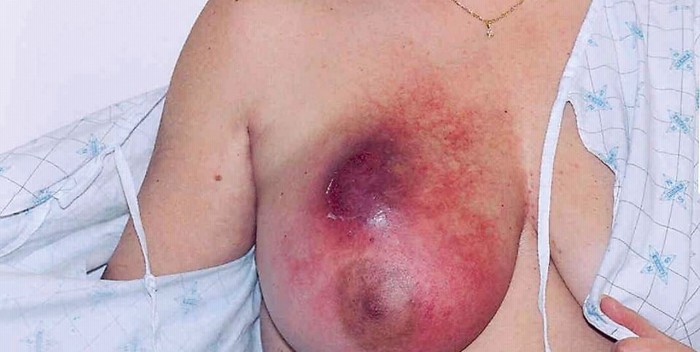Due to the enormous strides that have been made in diagnosing and treating breast cancer in the current decade, about 30% slash has been recorded in potential breast cancer deaths. Recent medical research has also led to earlier breast cancer detections, as well as increased therapies and better gene-typing of cancers to produce definitive and effective therapies.
However, a lot of misinformation still flies around out there on how to better manage your breast cancer risks. Health professionals project that about 300,000 North American women will be diagnosed with breast cancer this year, and since you might be included in this figure, you would do well to take the following new breast cancer facts into account as they relate to you.
 Bras do not cause or contribute to developing breast cancer. Thinking that bras have anything to do with developing breast cancer is a fallacy. The type of bras you wear, how you wear them, how long you wear them each day, sleeping in your bras at nights, and how early you started wearing bras in life do not have anything to do with breast cancers. In fact, a study of 1,044 women with breast cancer indicated that there is no relationship between using a bra and developing breast cancer.
Bras do not cause or contribute to developing breast cancer. Thinking that bras have anything to do with developing breast cancer is a fallacy. The type of bras you wear, how you wear them, how long you wear them each day, sleeping in your bras at nights, and how early you started wearing bras in life do not have anything to do with breast cancers. In fact, a study of 1,044 women with breast cancer indicated that there is no relationship between using a bra and developing breast cancer.
However, it must be pointed out that there might be a link between breast pain and breast cancer, so be sure to see your doctor if you have breast pains from using bras.
Fact 1: You need a mammogram if you’re above 40
The American Cancer Society and the National Comprehensive Cancer Network advocate that women at age 40 should commence an annual breast cancer screening. And it might be advisable to commence screening earlier than this age if you’re at high risk of developing the condition or have a family history of the disease. Statistics prove that women aged 40+ cut their cancer deaths by 15% when they undergo regular clinical breast exams, and 40% of breast cancers are discovered by women themselves when they carry out personal self-checks on their breasts.
Fact 2: Tamoxifen drug for breast cancer works best at night
The use of Tamoxifen cuts repeat breast cancer risks by 50%, and this is largely because the medication contains selective estrogen response modifier that is highly needed for hormone-receptor-positive breast cancers. However, a research from the Tulane University lab indicates sleeping in the dark reduces your body’s melatonin levels, and this impacts upon Tamoxifen’s effectiveness – because reduced melatonin levels makes breast cancer cells resistant to the drug.
Taking the medication an hour before sleep, wearing an eye-mask, or having only red-wavelength lights in your bed chamber might be helpful at making Tamoxifen work better because of the melatonin levels that might increase in the night due to these factors.
Fact 3: Be aware of your breast cancer risks
You must know the risks you face with breast cancer, most especially if it has ever occurred in your family up-line. Having anyone in the family with any kinds of cancer predisposes you to cancer risks as well, even breast cancer. The Hollywood actress, Angelina Jolie, knew her mother and aunt died of breast cancers, and when she showed high symptoms of developing the BRCA-1 gene mutation for breast cancer by 87%, she took the decision of undergoing double mastectomy – removing both breasts, in order to protect herself from the genetic risks she carried. Be aware of the incident in your family history because almost 15% of women with breast cancer also had it in their family history.
Fact 4: Removing both breasts might not be necessary
The fact that you have cancer in one breast does not largely suggest that you shall develop it in the other breast; so there is really no point removing the healthy breast alongside the unhealthy one. Double mastectomy is not so necessary unless of course your doctor insists it should be done to safeguard the other breast, but then it might not be important because less-invasive treatments could make risks of infection in the healthy breast very low.


